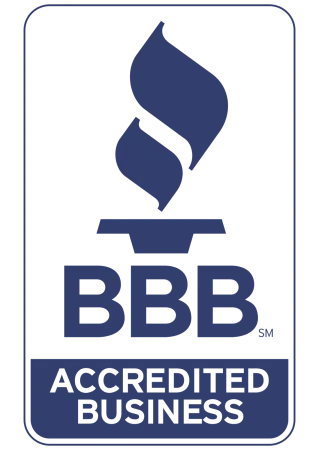Thinking about remodeling your kitchen or planning on paying college tuition soon? A Home Equity Line of Credit (HELOC) could be a smart way to access the cash you need with lower interest rates. We're here to break down how HELOCs work so you can decide if this flexible loan option fits your needs.
How does a HELOC work? A HELOC lets you borrow against the equity in your home, giving you a revolving line of credit to use as needed — kind of like a credit card, but backed by your home as the collateral. You don't have to take the full amount upfront, and you'll only pay interest on what you actually use.
HELOCs have become more popular recently, especially with higher mortgage rates making cash-out refinancing less attractive. Benefits of a HELOC loan include flexibility and lower rates, and can be a smart option for home improvements, major expenses, or consolidating debt.
At HEFCU, we're proud to support New Jersey's healthcare community with our competitive-interest rate HELOCs designed to fit your financial goals and busy lifestyle. Curious to learn more about what is a HELOC or current home equity line of credit rates? Let's break it down.
HELOCs Made Simple: What Is a HELOC And How They Work
A Home Equity Line of Credit (HELOC) is like a financial safety net you can dip into when needed. Instead of receiving one lump sum like with a traditional loan, a HELOC gives you a revolving line of credit based on the equity in your home — similar to how a credit card works, but with typically lower interest rates.
At its core, a HELOC is a second mortgage that allows you to borrow up to a certain percentage of your home's value (usually around 85% of your equity, depending on the lender). The benefits of a HELOC loan are that it gives you flexibility, control, and access to funds when you need them most — all while helping you make the most of your home's value.
You can use a HELOC to pay for home improvements, consolidate high-interest debt, or cover unexpected expenses. Home improvement adds value to your home and remodels are a good way to elevate its profitability. Because your home is used as collateral, it's important to borrow responsibly — if you fail to repay, your home could be at risk of foreclosure.
How does a HELOC work?
A HELOC has two main phases:
1. Draw period
This is the time when you can borrow money as needed, up to your credit limit.
- You're only required to pay the interest during this phase, though you can pay down the principal too if you choose.
- This period typically lasts up to 10 years, and you can withdraw funds multiple times.
2. Repayment period
Once the draw period ends, the HELOC switches to repayment mode.
- You can no longer borrow money.
- You'll now need to repay both principal and interest each month.
- This period usually lasts 10 to 20 years.
Keep in mind: If you only paid interest during the draw period, your monthly payments may rise significantly when the repayment phase begins.
HELOC Requirements And Fees
Before applying for a Home Equity Line of Credit, it's important to understand both the qualifications you'll need to meet and the fees you might incur.
Most lenders will look for the following to approve a HELOC:
- A credit score of 640 or higher
- A debt-to-income (DTI) ratio of 43% or less
- At least 15% equity in your home
Meeting these basic criteria not only improves your chances of approval but may also help you qualify for more favorable rates and terms.
Be sure to ask your lender for a full breakdown of all potential fees before moving forward so there are no surprises. In addition to interest charges, HELOCs often come with a few additional costs:
- Closing Costs: Usually between 2% and 5% of your credit limit. Some lenders may waive them, but you could be required to keep the line open for a certain number of years to avoid a fee.
- Annual Fees: Some lenders charge a yearly maintenance fee, typically around $50, just for keeping the line of credit open.
Today's HELOC Rates: What to Expect
Home equity line of credit rates can vary significantly depending on the lender, your credit profile, and how much you want to borrow. The rate you're offered is typically based on your credit score, debt-to-income ratio, and available home equity.
How HELOC rates are calculated
Most HELOCs are tied to the prime rate — the base rate lenders offer their most qualified borrowers. Your lender will add a margin to the prime rate based on your financial profile to determine your actual APR.
For example: If the prime rate is 8.5% and your lender adds a 1.5% margin, your HELOC rate would be 10%.
Variable vs. fixed interest rates
- Variable Rates: Most HELOCs have variable interest rates, which means your rate can fluctuate over time as market rates change. This can make your monthly payments less predictable.
- Fixed-Rate Option: Some lenders offer the option to lock in a fixed rate when you withdraw funds. This gives you more payment stability and can help with long-term budgeting, especially if interest rates are expected to rise.
Always compare offers and ask whether a fixed-rate option is available — especially if you value consistent monthly payments.
Start Your Low-Rate HELOC at HEFCU
Whether you're planning a home renovation, consolidating high-interest debt, or covering unexpected expenses, a HELOC from HEFCU gives you the flexibility and competitive rates you need — backed by a credit union that puts your financial well-being first.
Use your home's equity to your advantage and contact HEFCU to learn more and get started today on your HELOC!



